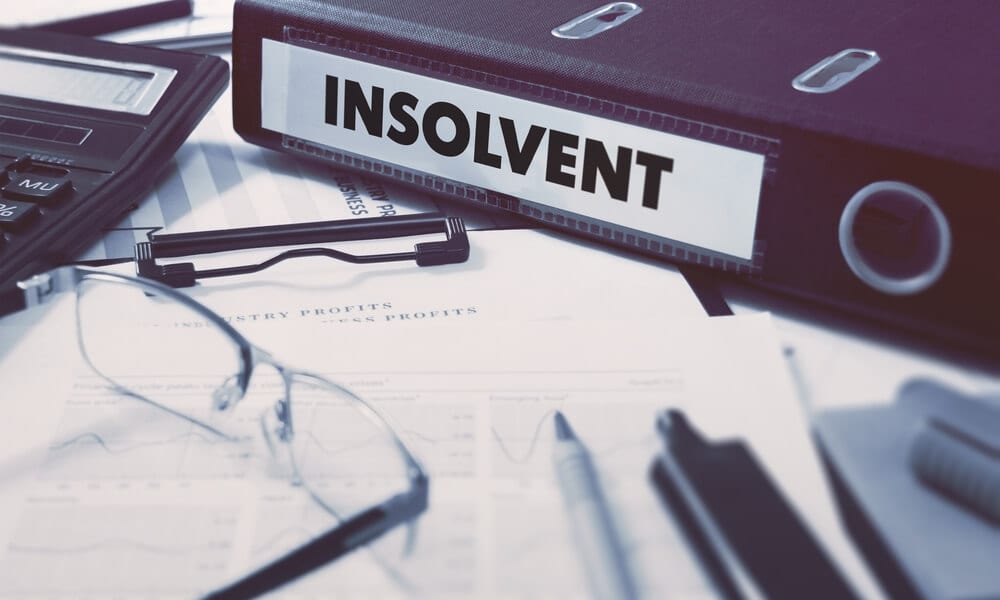On 7 December 2022, the European Commission published a proposal for a regulation to harmonise several areas of insolvency law (the Insolvency Directive)[1]. This follows recent efforts to establish basic criteria for pre-insolvency procedures in all EU Member States and the introduction of compromise procedures such as the Dutch WHOA[2] and the German StaRUG[3].
The aim of the Insolvency Directive is to provide greater certainty and a common minimum standard for insolvency regimes across Member States, thereby promoting more efficient cross-border investment. The proposed Insolvency Directive aims to achieve at least a degree of harmonisation and increased convergence in certain areas of non-bank corporate insolvency law – with the aim of making the outcome of insolvency proceedings more predictable – and is a key component of the Commission’s Capital Markets Union Action Plan.
EU legislative background on insolvency law
Although the proposed Directive will be the third piece of EU legislation on insolvency law, once adopted it will be the first to focus on the harmonisation of substantive insolvency law.
The EU Insolvency Regulation (EU) 2015/848[4] and the Restructuring and Insolvency Directive (EU) 2019/1023[5] have already been adopted.
Regulation (EU) 2015/848 establishes universal rules on international jurisdiction and applicable law to determine in which Member State insolvency proceedings must be opened and which law applies in the event of a cross-border insolvency. The Regulation also ensures that judgments handed down by competent courts are recognised and enforced in all Member States.
In 2019, the Directive on Restructuring and Insolvency will be implemented, following the adoption in 2015 of the first Action Plan for the creation of a CMU. The Directive requires Member States to establish some minimum requirements for preventive restructuring. Aimed at preventing insolvency, preventative restructuring is only available to financially distressed debtors before they become insolvent (i.e., when there is only a likelihood of insolvency). Another component of the Directive is that bankrupt companies must have recourse to full debt clearance within three years of the opening of insolvency proceedings (Articles 20-21).
Principal components of the proposed Insolvency Directive
Pre-pack proceedings. The Insolvency Directive provides a framework for the preparation of the sale of a debtor’s business prior to the formal opening of insolvency proceedings. This procedure consists of two phases: the “preparation phase”, in which an attempt is made to find a suitable buyer, and the “liquidation phase”, in which the sale is authorised and carried out after the opening of insolvency proceedings.
Unlike pre-packs in some countries, the Insolvency Directive provides that the debtor will benefit from a stay of individual enforcement proceedings throughout the preparation phase (provided that the debtor is bankrupt or threatened with insolvency). The debtor retains control of its business and assets and can apply to the court for the appointment of a monitor. The monitor’s role is crucial in overseeing the sale process, ensuring its fairness and competitiveness, and recommending the purchaser. The monitor’s role extends well beyond the pre-pack phase; he or she becomes the liquidator during the liquidation phase and the court’s approval of the sale is conditional on the monitor’s assessment that certain safeguards have been met during the sale process.
In addition, the pre-pack section of the Insolvency Directive contains measures to facilitate a sale and protect creditors from unfair tactics. For example, there are provisions to facilitate the transfer of certain contracts without the consent of the counterparty, to restrict closely related purchasers, to provide for temporary financing and to protect the interests of creditors. The Insolvency Directive provides for the court to play a crucial role in the pre-pack approval process. This is intended to bring the pre-pack into line with European legislation on employees’ rights in the event of a transfer of an undertaking in the context of insolvency proceedings (in particular Article 5(1) of Directive 2001/23/EC). It is unclear how this will work in places where the court may not be involved in such a process and what the impact will be on the cost of the process.
Avoidance actions. The Insolvency Directive sets out three grounds for transaction avoidance that allow the bankruptcy estate to recover assets that have been improperly transferred: i) creditor preference transactions carried out within three months before the opening of bankruptcy proceedings (if the debtor was unable to pay its debts at the time) or after the opening of bankruptcy proceedings that benefit or favour a creditor. If the transaction was to satisfy a creditor’s claim “as it falls due”, the debtor must have known or should have known at the time of the transaction that it was unable to pay its debts or that bankruptcy proceedings had been opened. ii) transactions at an undervalue, which refers to transactions carried out within one year of the filing of the bankruptcy petition for no consideration or for a consideration that is manifestly inadequate. iii) fraudulent acts, where the debtor has deliberately harmed his general body of creditors four years before the filing of the bankruptcy petition, and the other party was aware of the debtor’s intention.
If an act falls within one of the three grounds listed, it is void and unenforceable against the bankruptcy estate and the person who benefited from it must pay compensation. In some cases, these rights are also enforceable against the beneficiaries’ successors.
Asset tracing. As regards the tracing of a debtor’s assets, the proposed Directive offers improved possibilities for cross-border tracing of assets. To this end, a new asset register will be developed or access to existing registers will be provided. This should make it much easier to trace assets across borders and to follow a debtor’s assets throughout the EU.
Directors’ duties. Directors are required to initiate insolvency proceedings within three months of becoming aware of the company’s insolvency. If directors fail to do so, they will be personally liable for any resulting losses.
Simplified procedures. Finally, for reasons of efficiency and simplicity, the draft proposes special insolvency procedures for (micro)enterprises with fewer than ten employees and an annual turnover or balance sheet total of less than €2 million. In the event of insolvency, these companies will have access to a standardised and digitalised procedure. In certain situations, the appointment of an administrator should be the exception rather than the rule, where the debtor, creditors or a group of creditors so request and where the costs can be met by the current pool or the applicant provides the funds. In such cases, contestation should be allowed only in exceptional circumstances and the assets of the insolvent company should normally be sold by online auction. However, the debtor should receive residual debt relief as before.
Considerations
Prior to the Commission’s proposal, the European Parliament and the Council have already shown their support for (minimal) harmonisation of bankruptcy law. However, this broad support does not mean that all the measures in the proposal will be adopted. In particular, the shortened liquidation procedure is likely to be opposed by some Member States. Despite the obvious need to streamline the procedure for micro-enterprises, its implementation may be problematic in practice. It is an entirely new procedure for most Member States, requiring new organisational structures at national level. In addition, responsibilities previously held by the insolvency practitioner are transferred to the court and the debtor, whose loyalty is a prerequisite for the success of the new procedure. As insolvency practitioners also act as investigators to identify the debtor’s assets in order to initiate liability claims and avoidance actions, their removal could reduce the recoverable value of the assets. This is because, under the streamlined method, creditors will have to initiate avoidance proceedings themselves and will not always have access to the necessary information and documents.
Another shortcoming is the lack of a uniform definition of insolvency. Only for the liquidation of micro-enterprises does the proposal state that an enterprise is considered bankrupt if it lacks liquid assets (Article 38(2)). While some Member States simply associate bankruptcy with illiquidity (i.e. the inability to pay debts as they fall due), others also consider an enterprise to be insolvent if it is over-indebted. These different definitions can have significant practical implications, particularly in relation to the director’s duty to commence insolvency proceedings in the event of insolvency. Similarly, the fact that the Directive would only establish basic harmonisation criteria may limit the proposal’s objective of making the outcome of insolvency proceedings more predictable. Despite these few criticisms, it is undeniable that the new Directive represents a significant step towards the harmonisation of insolvency rules at EU level.
References
- https://commission.europa.eu/strategy-and-policy/policies/justice-and-fundamental-rights/civil-justice/civil-and-commercial-law/insolvency-proceedings_en ↑
- https://zoek.officielebekendmakingen.nl/stb-2020-414.html ↑
- https://www.gesetze-im-internet.de/starug/BJNR325610020.html ↑
- https://eur-lex.europa.eu/legal-content/EN/TXT/PDF/?uri=CELEX:32015R0848&from=DE ↑
- https://eur-lex.europa.eu/legal-content/EN/TXT/PDF/?uri=CELEX:32019L1023&from=en ↑


